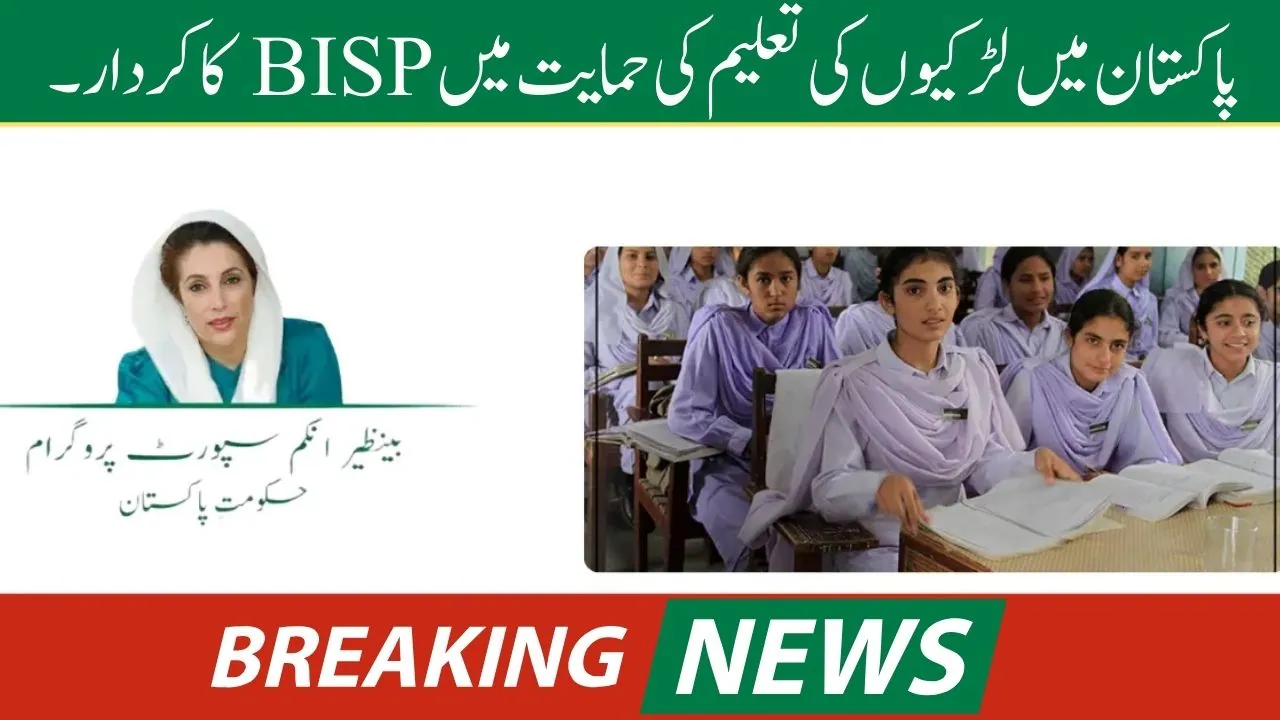Female education plays an essential role in the socio-economic development of any country. Educating women empowers them to contribute positively to society and the economy. It helps them become active participants in the country’s progress and brings social change. As the saying goes, “If you educate a man, you educate an individual. But if you educate a girl, you educate the entire nation.” This highlights the importance of female education for national development.
| Key Points | Details |
| Importance of Education | Empowers women and drives socioeconomic growth |
| Impact on Society | Brings positive change |
| Constitutional Right | Early education compulsory for all |
| Current Challenges | Low enrollment and cultural barriers |
Table of Content
Importance of Female Education
The constitution of Pakistan makes early education mandatory for all children. Female education, however, holds even greater importance as it contributes to nation-building. Educating girls ensures that they can take on productive roles in society and help in the country’s growth. Education enables women to achieve their full potential and to be independent, both socially and economically.
Challenges in Former FATA
Despite constitutional efforts and the government’s push for education, the situation in the former FATA (Federally Administered Tribal Areas) remains challenging. The FATA annual education census shows that only 37% of girls are enrolled in primary schools, and this number drops to just 5% at the secondary level. In contrast, 49% of boys attend primary school, and 17% continue to secondary education. These statistics show that girls face many obstacles in accessing education.
Reasons Behind Low Enrollment
There are several reasons why girls in former FATA face difficulties in attending school. Some of the major factors include:
- Cultural taboos: Traditions discourage girls from going to school.
- Economic challenges: Poverty and unemployment make education difficult for families.
- Household responsibilities: Girls are expected to help with chores and take care of younger siblings.
- Early marriages: Many girls are married off at a young age, which prevents them from continuing their education.

Lack of Schools and Teachers
In addition to cultural barriers, there is also a lack of educational infrastructure in these areas. Professor Dr. Ibrahim Khan, a former Director of Elementary and Secondary Education in KP, explained that the political situation, law and order issues, and militant attacks have contributed to the shortage of schools. Moreover, teachers are often unwilling to work in these regions, which worsens the education gap for girls.
Out-of-School Children
A survey conducted by the Benazir Income Support Programme (BISP) in 2021 revealed that a large number of children in KP (Khyber Pakhtunkhwa) are out of school. The survey found that around 4.9 million children in KP are not attending school, with about one million in the merged tribal districts. Among these, 74.4% are girls. The survey also indicated that many districts like North Waziristan, Bajaur, and South Waziristan have high percentages of out-of-school children.
Also Read: Big Update: Punjab to award 30,000 annual scholarships for higher education
Conclusion
In conclusion, female education is critical for the development and prosperity of Pakistan. Despite the challenges, efforts must continue to ensure that girls have access to education, especially in areas like former FATA. By overcoming cultural, economic, and infrastructure barriers, we can empower girls to contribute to the nation’s progress and build a better future for all. The government needs to prioritize rebuilding schools and bringing out-of-school children, especially girls, back into the education system.
